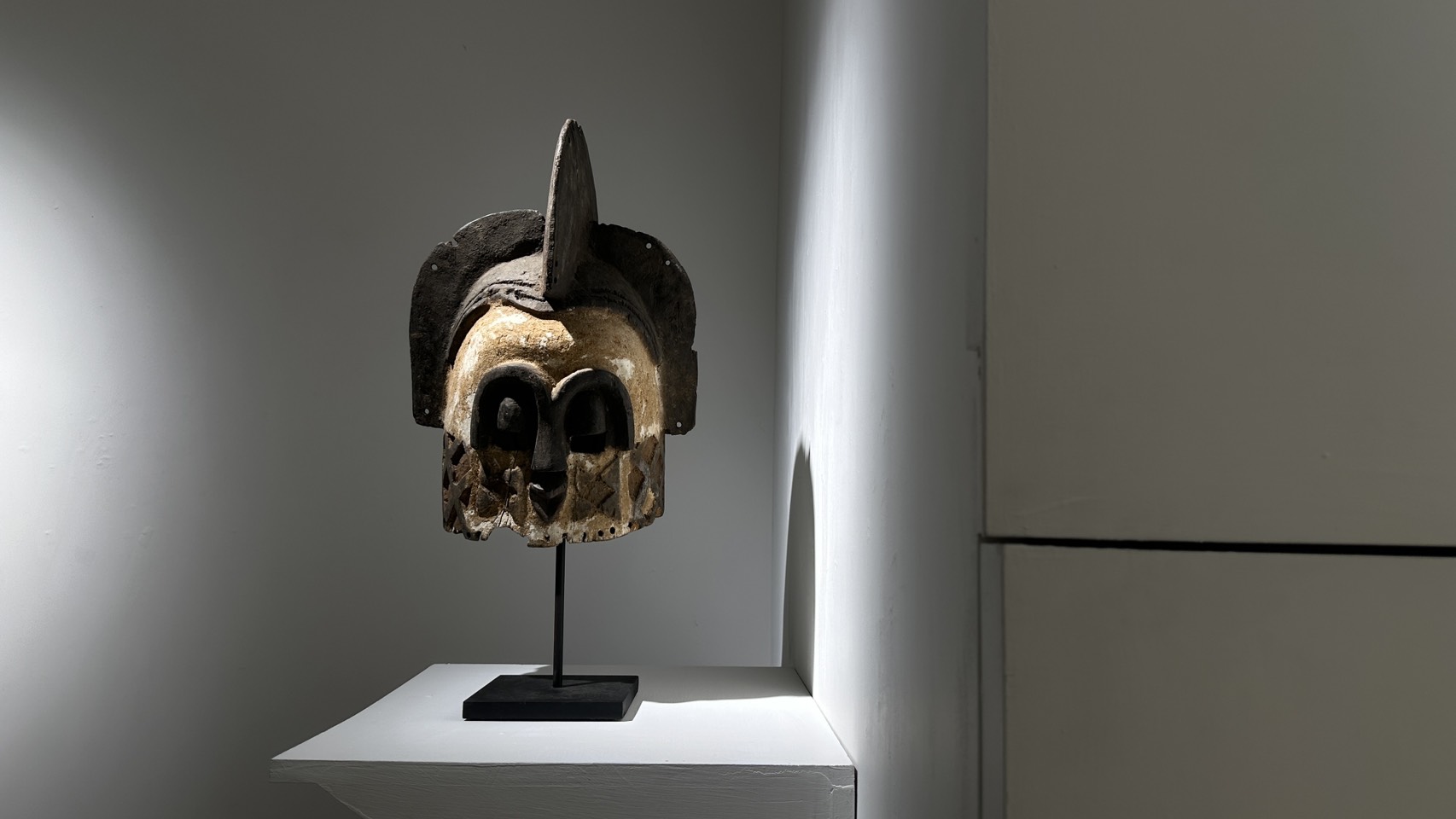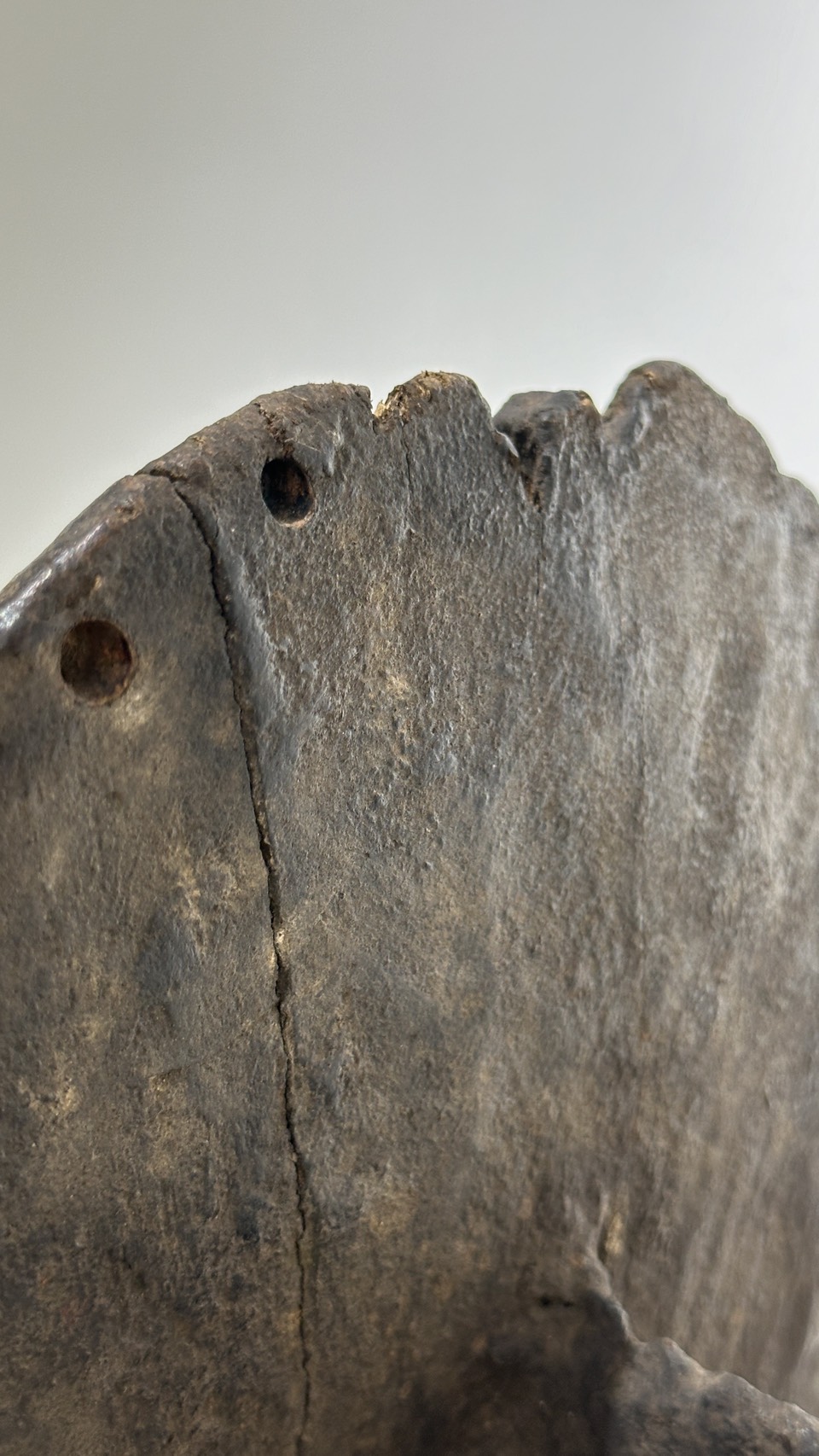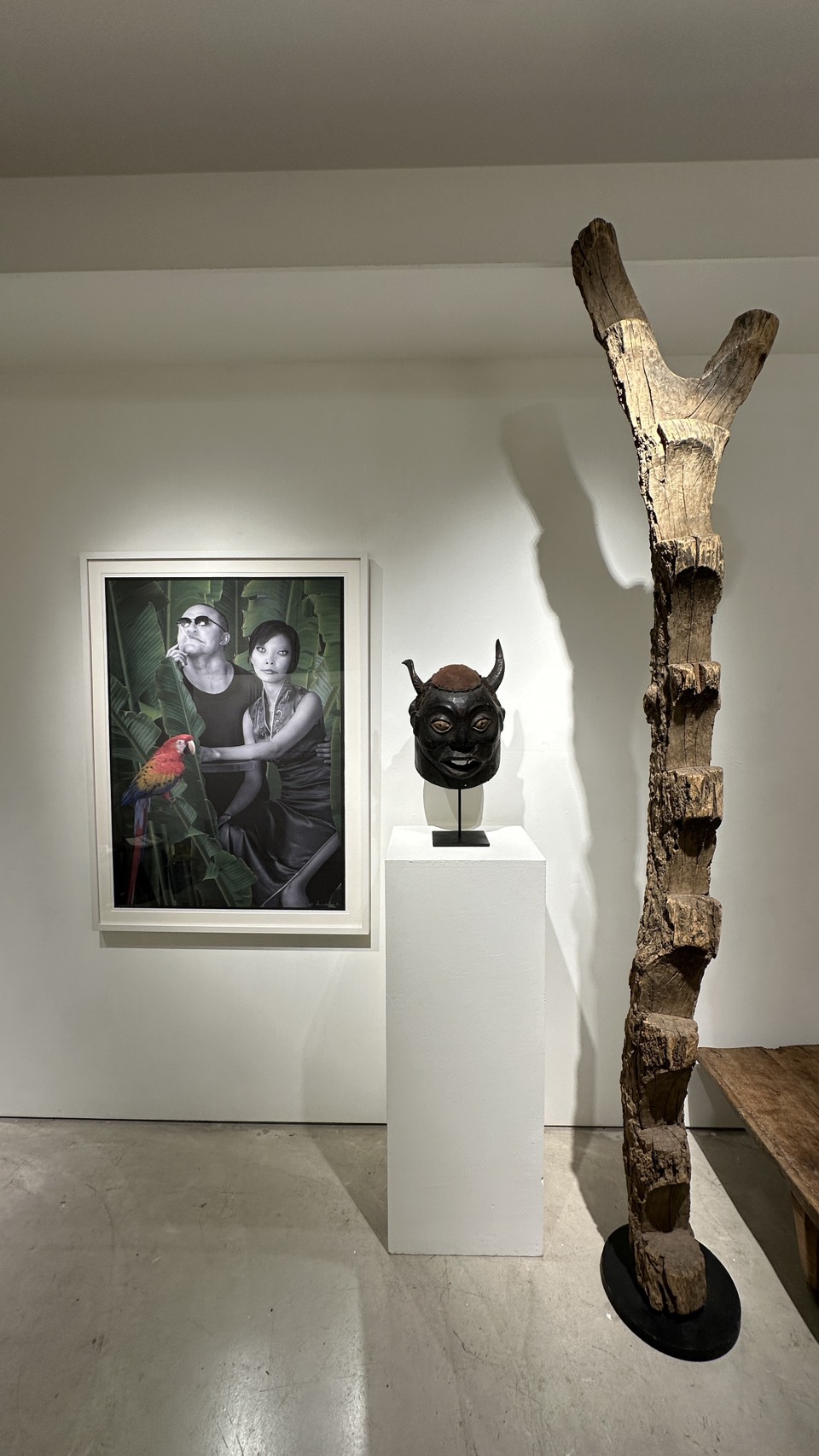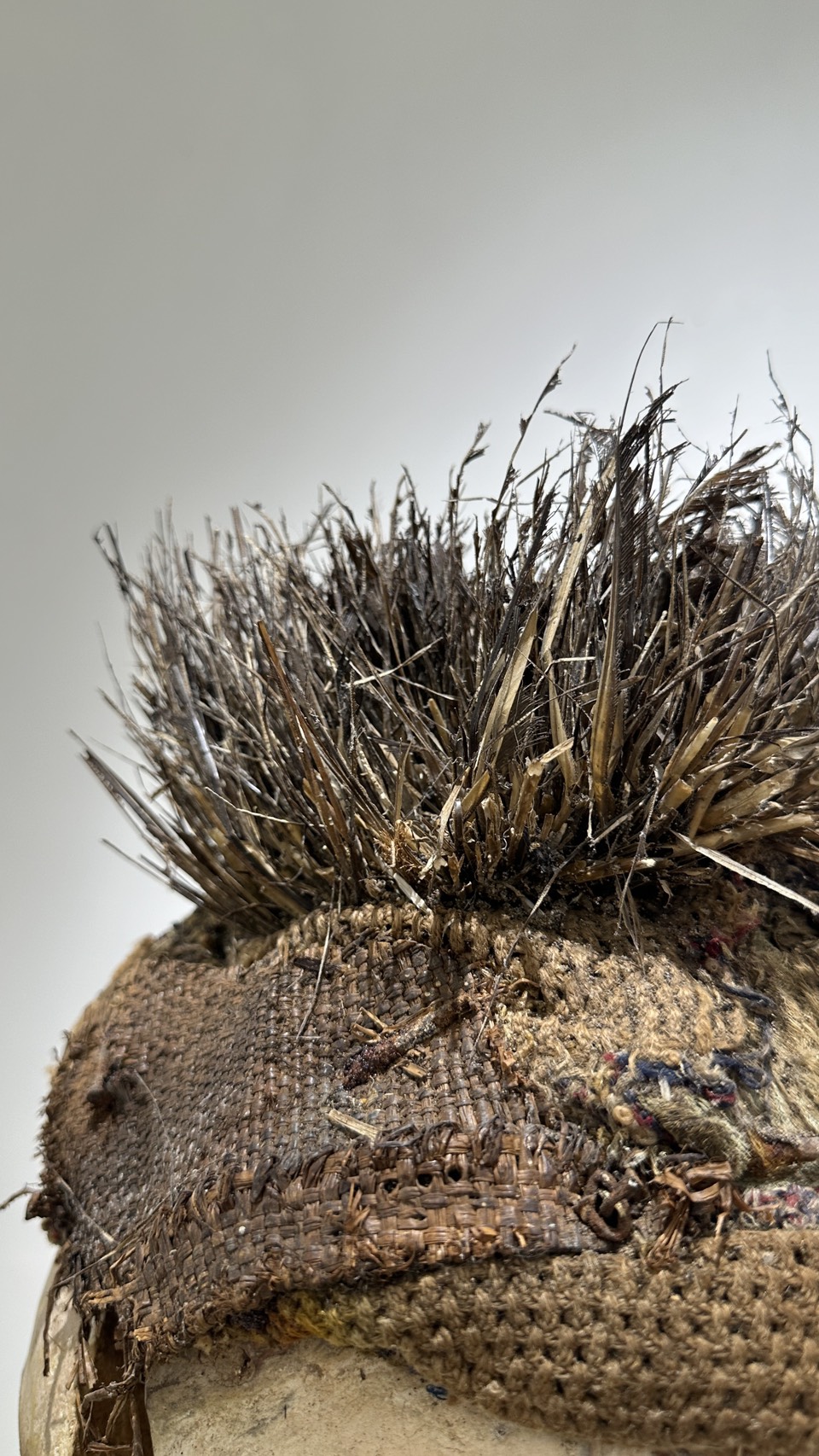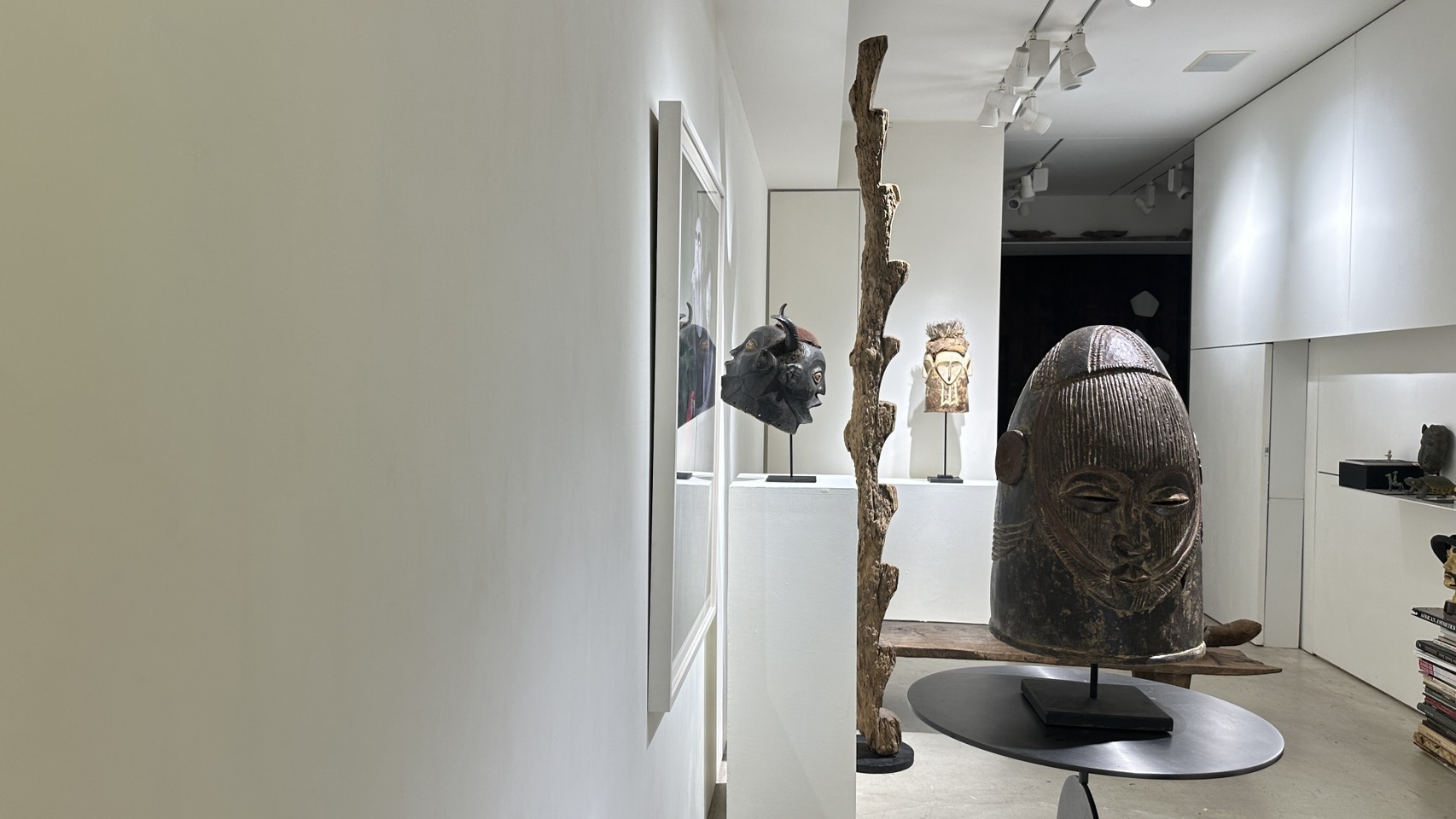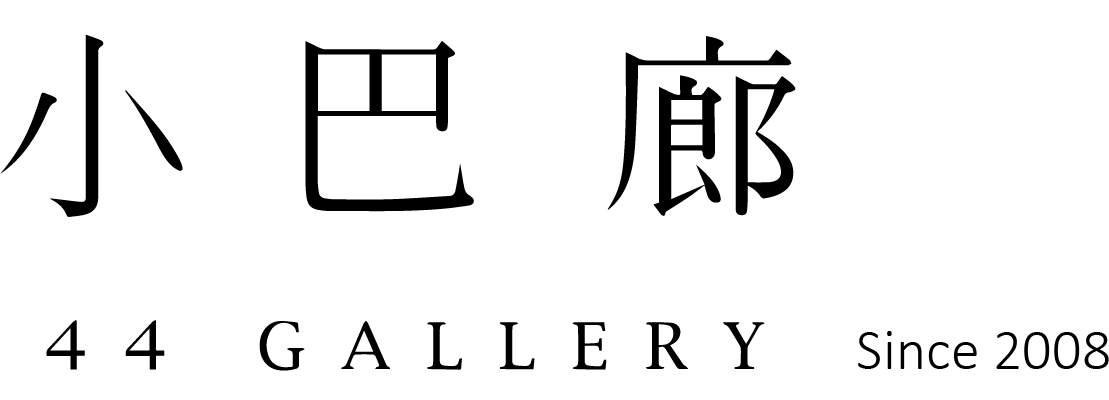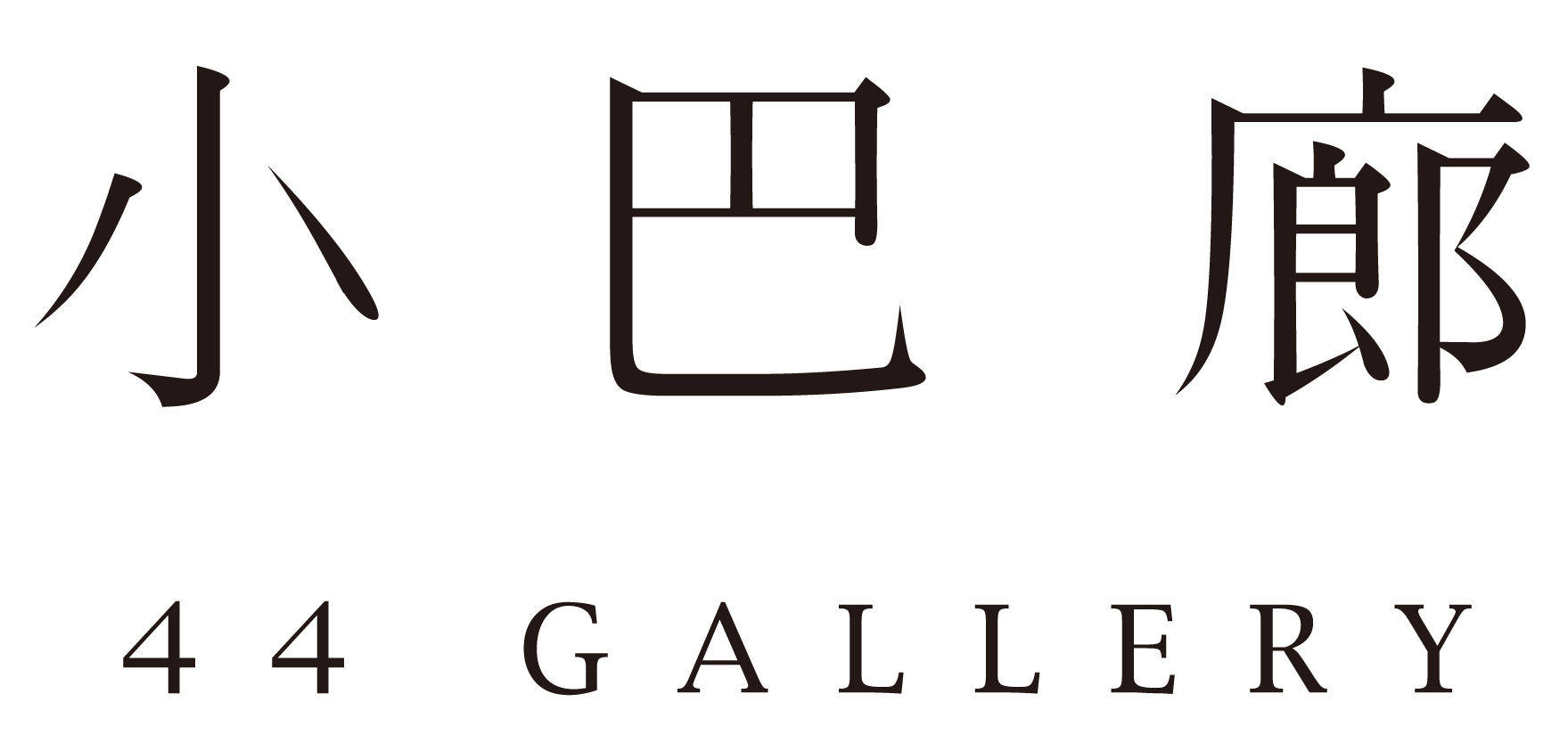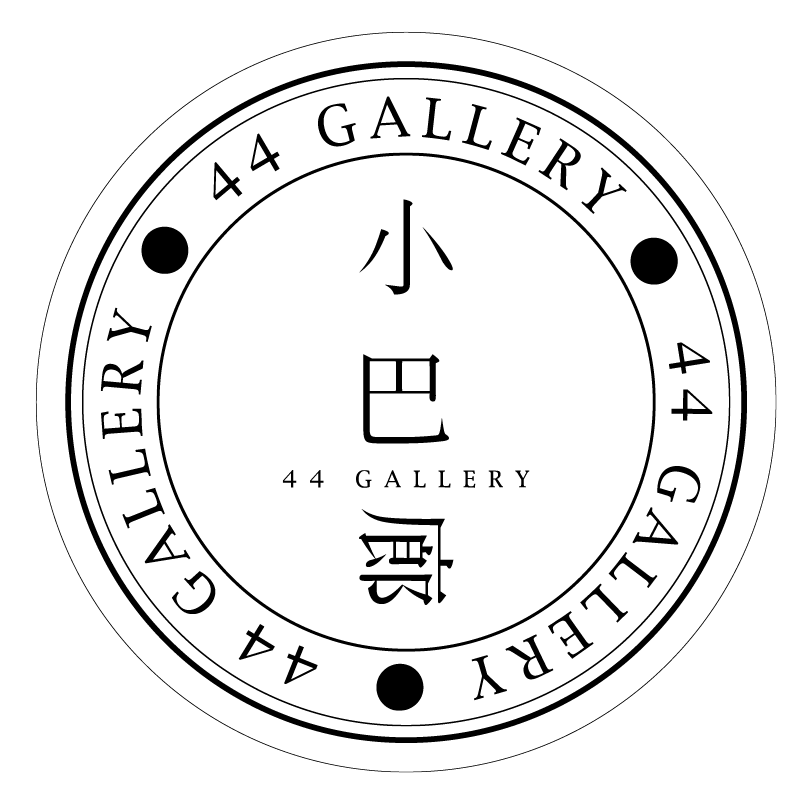『 Almighty 』 Exhibitions
全罩式面具展
2025.9.26 - 10.25
在非洲部落藝術中,全罩式面具是一種力量與身份的象徵。當人們戴上面具時,個人的特徵被隱
藏,他不再只是自己,而是承載著群體記憶與文化精神的角色。這些面具常出現在成年禮、慶典與
舞蹈表演中,象徵著「身份的轉換」,以及「從個體到集體」的過程。它完整覆蓋頭部與臉龐,讓人暫時
拋開自我,進入一種新的狀態與角色。
在現代時尚領域,全罩式頭套與面罩的設計延續了這種「隱匿與轉換」的力量。高級時裝伸展台上的前
衛造型,藉由覆蓋面部,模糊個人身份,挑戰人們對於「個體」與「社會角色」的既定想像。
同樣在拳擊運動中,頭套不僅是保護頭部的裝備,更是一種「進入比賽狀態」的象徵。拳擊手戴上頭套
的那一刻,如同部落舞者戴上面具,意味著他正準備好進入另一個身份──戰士、挑戰者或守護者。
因此,從非洲部落的全罩式面具,到現代時尚與拳擊頭套,我們能看見一條清晰的文化脈絡:覆蓋
臉龐,不僅是實用或裝飾,更是一種力量的表徵,一種跨越時代與文化的「身份轉換」儀式。
In African tribal art, the full-face mask is a symbol of strength and identity. When worn, it conceals
the individual’s features, transforming the person into a figure that embodies collective memory
and cultural spirit. These masks, often seen in initiation rites, ceremonies, and performances,
represent a transition of identity and the movement from the personal to the communal. Covering
the entire head and face allows the wearer to set aside the self and enter a new state or role.
In contemporary fashion, full-head coverings and masks continue to carry this sense of
concealment and transformation. From avant-garde haute couture runways to streetwear trends
with balaclavas, designers use facial coverage to blur personal identity and challenge the
boundaries between the individual and the social role.
Similarly, in boxing, headgear is not only protective equipment but also a symbol of entering the
competitive state. The moment a boxer puts on the headgear, much like a tribal performer donning
a mask, it signals readiness to step into another identity—a warrior, a challenger, or a defender.
Thus, from African tribal full-face masks to modern fashion and boxing gear, we can trace a clear
cultural continuum. Covering the face is never just about utility or decoration; it is a sign of power, a
ritual of transformation, and a passage of identity that transcends time and culture.

